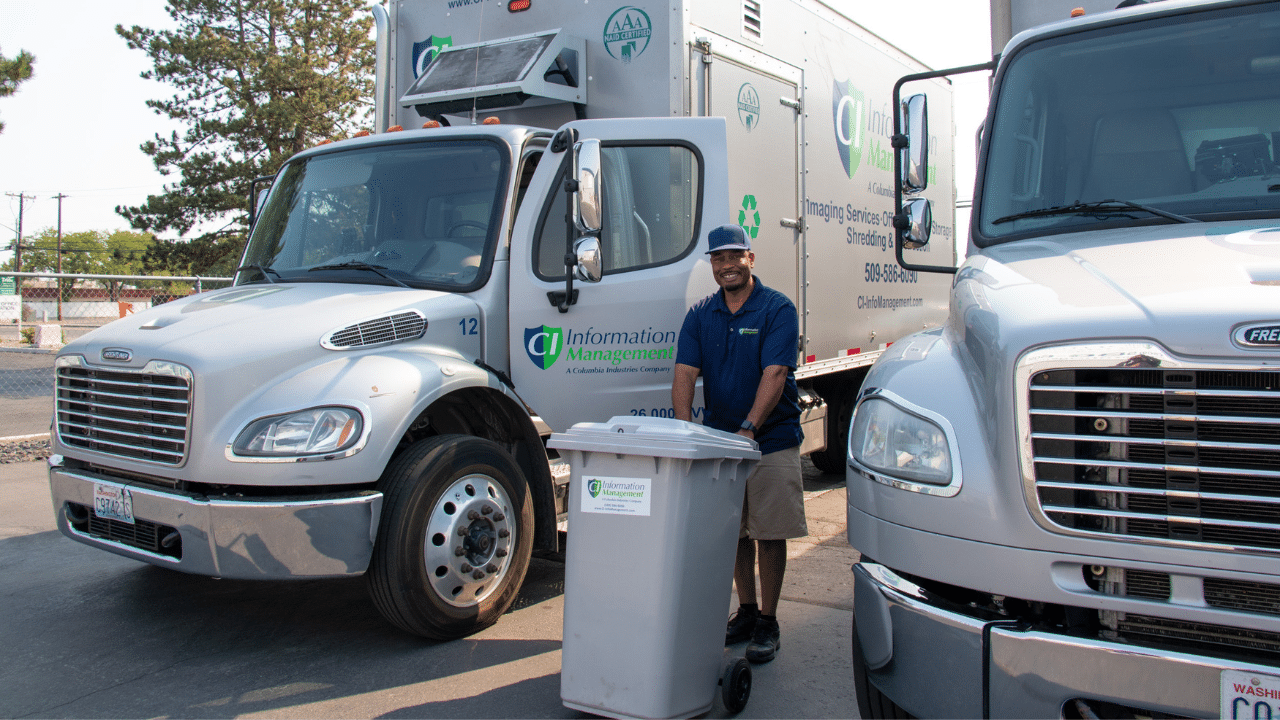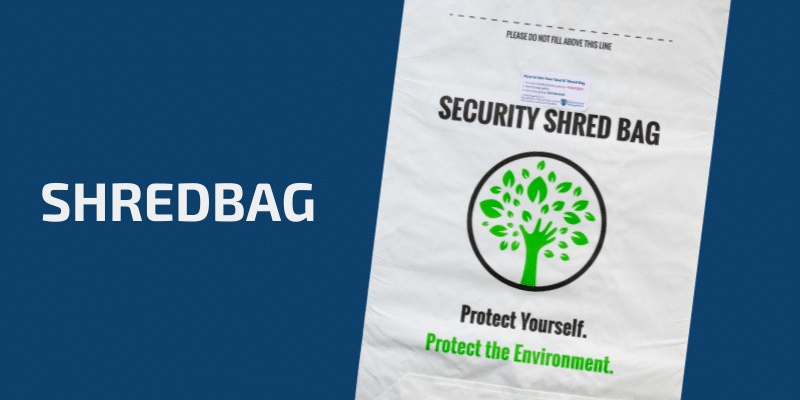 There are some things we habitually do to protect ourselves and others. For instance, we might lock our car doors to avoid a break in. If we lock them 50% of the time, we lower the risk considerably compared to never locking them. But the best safeguard is to lock them every time. It doesn’t make your car 100% theft-proof, but it makes it a harder target.
There are some things we habitually do to protect ourselves and others. For instance, we might lock our car doors to avoid a break in. If we lock them 50% of the time, we lower the risk considerably compared to never locking them. But the best safeguard is to lock them every time. It doesn’t make your car 100% theft-proof, but it makes it a harder target.
Do you habitually lock your home, close out computers when not in use, use secure passwords, wear protective clothing to safeguard against weather, hazardous elements, and objects, because you know that not doing so could be harmful? Protecting secure documents in the office works the same way. It should be as much of a habit as any other precautions you take. After all, you have a responsibility to protect your employees, customers, suppliers, and the integrity of your company from identity and information theft.
The simple practice of proper document disposal could protect your company against breaking privacy laws, leaking confidential information, legal action, loss of customers, and bad press. Here are our six recommended steps for making a Secure Document Disposal Plan:
1. Training
The best foundation for a Secure Document Disposal Plan is to ensure everyone is on the same page. Make sure staff are trained when hired and that their training is updated and repeated periodically.
2. Scheduling
Knowing what documents require shredding—and when to shred them—is vital. Every document should have a history trail or chain of custody. Oregon and Washington State will have their own unique, required document retention periods. Some retention periods are shorter than others, while some documents should never be destroyed. A full-service records management provider can advise you on records retention periods, store your records until the end of their lifecycle, and securely shred them once they reach that date.
3. Transporting
A great shredding company can destroy your documents onsite at your location so transportation becomes a non-issue. You don’t want individual papers coming loose between your office and the destruction site and landing in the wrong hands or sitting unattended for extended periods of time. It only takes one misplaced sheet of paper to create a data breach.
4. Shredding
The law requires that Personally Identifiable Information (PII) needs to be unreconstructible after it is destroyed. You should be able to request a Certificate of Destruction from your shredding vendor to complete the “paper trail.”
5. Recycling
When it comes to document disposal, it’s important to consider the environment, too. Is recycling part of your plan? Make sure your shredding vendor recycles 100% of the shredded paper they generate. According to the EPA, every ton of recycled paper saves enough energy to power the average American home for six months, saves 7,000 gallons of water, 3.3 cubic yards of landfill space, and reduces carbon emissions by one metric ton.
6. Implementing
Having a plan requires implementation but also making each step of the way habitual. By utilizing the professional services of a NAID AAA Certified document destruction company, you can have most of this plan taken care of.
CI Information Management is a full-service records and information management provider. As part of our services, we provide NAID AAA Certified on-site mobile paper shredding to clients in Southeastern and Central Washington and Northeastern Oregon. For more information or a quote, please give us a call at 509-586-6090 or complete the form on this page.




